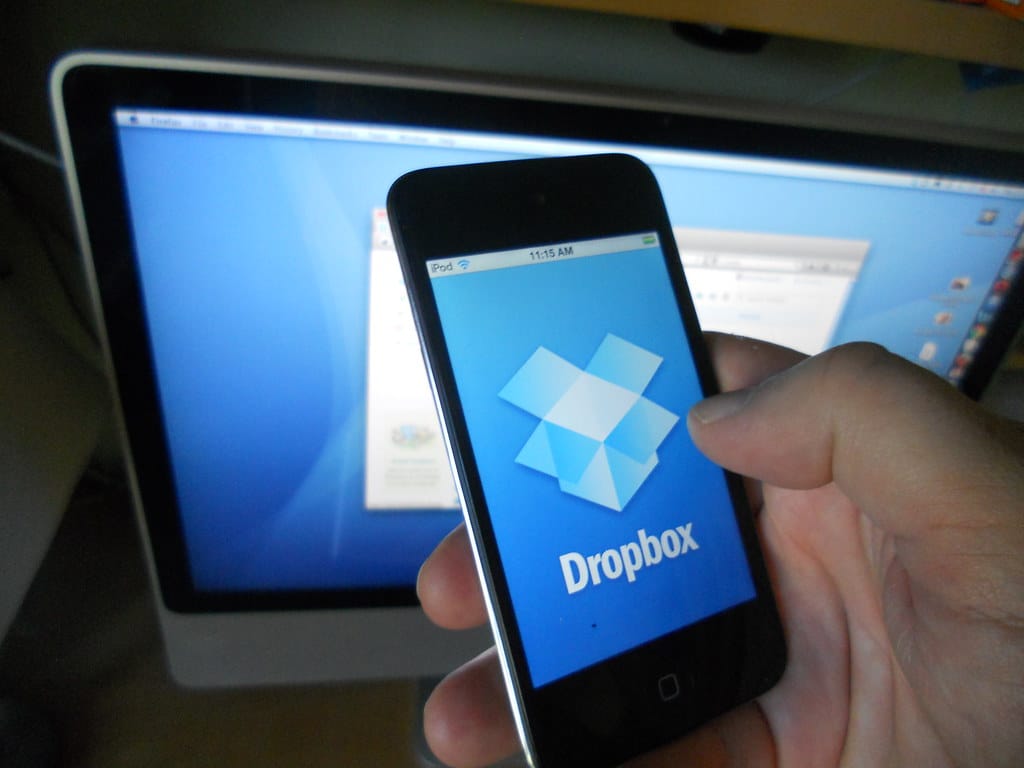What Happens to Your Digital Life When You Stop Paying for Cloud Storage?
Your cloud storage subscription just expired, and you're wondering if those thousands of family photos, important documents, and work files are about to vanish into the digital void. With over 4.5 billion people now using cloud storage services globally, this scenario affects millions of users who face financial constraints, forget to renew subscriptions, or simply want to switch providers.
The answer isn't as straightforward as you might think, and understanding what happens to your data could save you from devastating loss—or help you make informed decisions about your digital storage strategy.
The Grace Period: Your Safety Net
Most major cloud storage providers don't immediately delete your data when payments stop. Instead, they typically offer a grace period ranging from 30 to 180 days, depending on the service and subscription type.
Google Drive provides a 15GB free tier, so if you downgrade from a paid plan, your data remains accessible as long as it fits within that limit. However, if your stored data exceeds 15GB, you'll enter a read-only state where you can access files but cannot add new ones or sync changes.
Dropbox offers a more restrictive approach, limiting free accounts to just 2GB. When your paid subscription ends, you can still access your files through the web interface for a limited time, but desktop syncing stops immediately.
Microsoft OneDrive follows a similar pattern, reverting to its 5GB free tier. Files exceeding this limit become inaccessible after a grace period, though Microsoft typically provides 90 days before permanent deletion.
The Point of No Return: Permanent Deletion
After the grace period expires, cloud providers begin the permanent deletion process. This isn't reversible, and recovery becomes impossible once the data is purged from their servers.
iCloud is particularly strict about this timeline. Apple provides a 180-day grace period for most data types, but after that window closes, your photos, documents, and backups are permanently deleted. Given that the average iPhone user stores over 2,000 photos, this represents a significant risk for many consumers.
Amazon Drive discontinued its unlimited photo storage for Prime members in 2023, forcing millions of users to either pay for additional storage or risk losing their digital memories.
Real-World Consequences
The impact extends beyond personal inconvenience. A 2023 survey by digital security firm Acronis found that 68% of small businesses experienced data loss when cloud storage subscriptions lapsed unexpectedly. One notable case involved a photography studio that lost three years of client work when their Adobe Creative Cloud storage subscription expired during a billing dispute.
For individuals, the stakes are equally high. Family photos, tax documents, and irreplaceable memories stored exclusively in the cloud face permanent loss. The rise of "cloud-only" storage—where users rely entirely on cloud services without local backups—has made this problem more acute.
Your Options Before It's Too Late
Download Everything: Most providers offer bulk download options. Google Takeout, for instance, allows you to export your entire Google account data in various formats. This process can take days for large accounts but ensures you retain access to your files.
Selective Backup: If downloading everything isn't feasible, prioritize irreplaceable items like family photos, important documents, and work files. Create a hierarchy of what matters most.
Switch Providers: Consider migrating to a service with better pricing or more generous free tiers. Services like pCloud offer lifetime plans, while others like Mega provide 20GB free storage.
Local Storage Solutions: External hard drives and network-attached storage (NAS) devices provide permanent ownership of your data without ongoing subscription costs.
The Bottom Line
Your data's fate after stopping cloud storage payments depends entirely on the provider's policies and how quickly you act. While grace periods provide a buffer, they're temporary solutions to what could become a permanent problem.
The key takeaway? Never rely solely on cloud storage for irreplaceable data. The most resilient approach combines cloud convenience with local backups, following the 3-2-1 rule: three copies of important data, on two different media types, with one stored offsite.
Before your next billing cycle, review your storage needs, understand your provider's policies, and most importantly, ensure your digital life isn't held hostage by a subscription renewal date. Your future self will thank you for the foresight.

